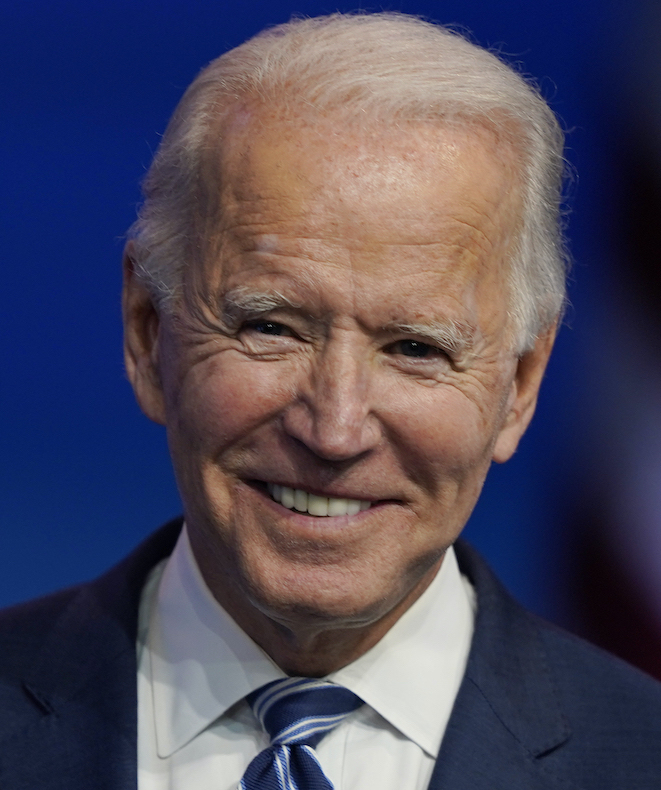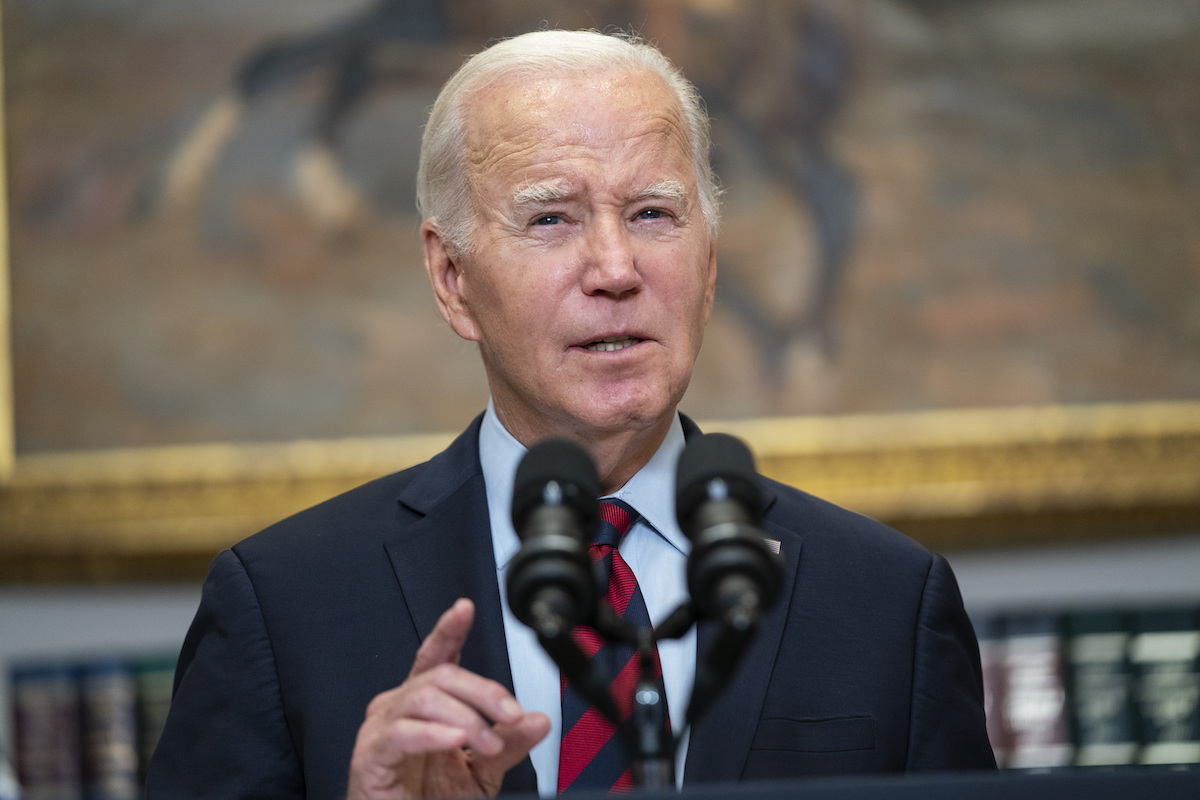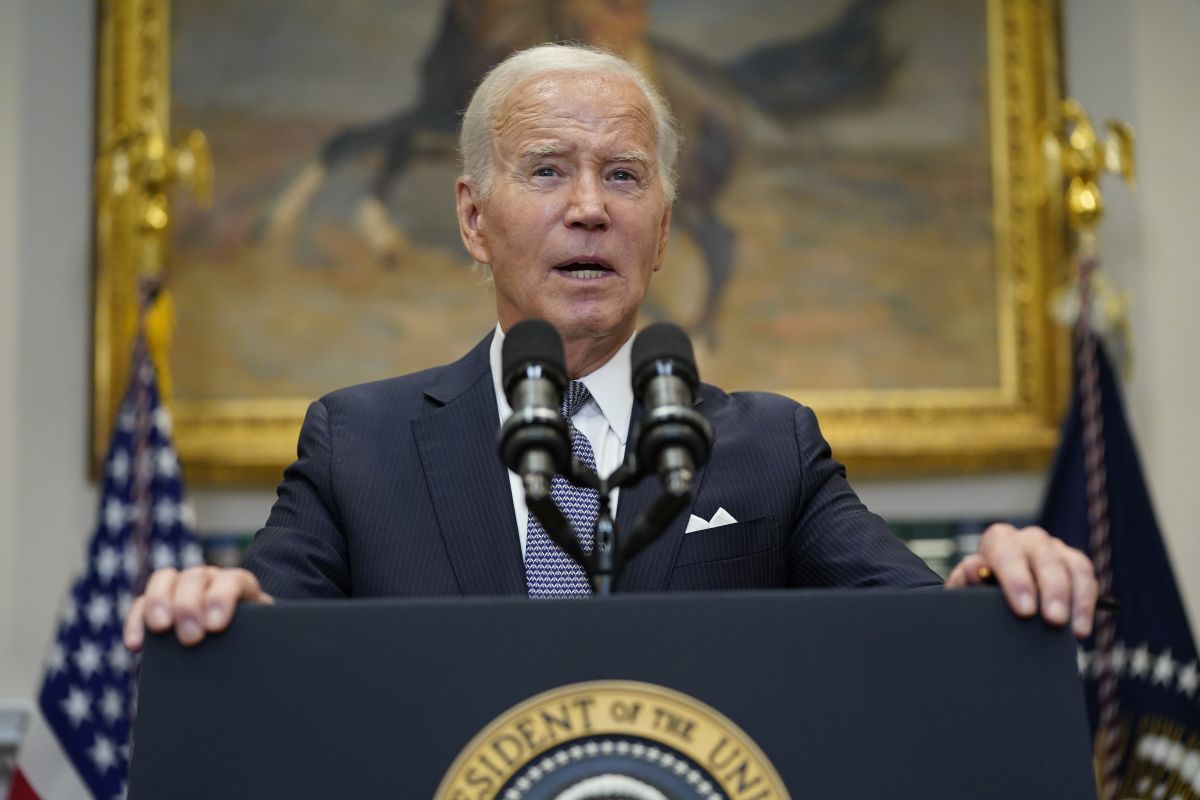After months of debating how to address student loan debt, President Joe Biden announced on Aug. 24 that he was ordering that $10,000 of student loan debt be waived for individuals earning less than $125,000 or couples earning less than $250,000. He also ordered an additional $10,000 to be waived for those who meet those earning requirements and had received Pell Grants, which are for low-income Americans.
This announcement advanced one of his prominent campaign promises from 2020.
While seeking office, Biden promised full cancellation for all student debt, not just $10,000 or $20,000.
"I propose to forgive all undergraduate tuition-related federal student debt from two- and four-year public colleges and universities for debt-holders earning up to $125,000, with appropriate phase-outs to avoid a cliff," Biden wrote.
On other occasions, Biden said a "minimum" of $10,000, and other Democratic primary candidates such as Sen. Elizabeth Warren, D-Mass., often urged more aggressive forgiveness plans than Biden did. However, the promise we chose to track after Biden won was for full forgiveness, so we will rate that one here.
The White House said that the new policy would benefit up to 43 million borrowers and cancel the full balance for about 20 million borrowers. The White House cited Education Department estimates that nearly 90% of relief dollars will go to those earning less than $75,000 a year.
Biden also announced that the government will cap the monthly payments for undergraduate loans at 5% of a borrower's discretionary income, half of the current level.
Biden promised during the campaign that loan forgiveness "would also apply to individuals holding federal student loans for tuition from private HBCUs and MSIs."
The White House fact sheet released on Aug. 24 doesn't specifically cite provisions that directly affect historically Black colleges and universities or minority serving institutions. But the plan says the Pell Grant provision should reduce racial disparities in wealth. "Black borrowers are twice as likely to have received Pell Grants compared to their white peers," the fact sheet says.
Finally, Biden said he would be phasing out a pandemic-era pause on federal student loan repayments. It will be extended one final time, with payments resuming in January 2023.
"All this means people can finally start crawling out of that mountain of debt," Biden said. "When this happens, the whole economy is better off."
The decision drew immediate criticism from some on the left, who had hoped to see more debt wiped away, and many on the right, who framed the policy as one that shoveled money from blue-collar workers to college graduates.
The policy also attracted criticism from centrists, including many economists, who said it is poorly timed because it will increase inflationary pressures amid the country's highest inflation levels in 40 years.
During his announcement, Biden said that the plan would have no " meaningful effect on inflation."
However, Jason Furman, a Harvard University economist and top economic adviser to President Barack Obama, was unsparing on Twitter.
"Pouring roughly half (a) trillion dollars of gasoline on the inflationary fire that is already burning is reckless," Furman tweeted, adding a number of "other highly problematic impacts, including encouraging higher tuition in the future, encouraging more borrowing, creating expectations of future debt forgiveness, and more."
The Penn-Wharton Budget Model at the University of Pennsylvania estimated that a policy of $10,000 forgiveness under a $125,000 individual income limit would cost the federal government $300 billion, and that doesn't include the additional forgiveness for Pell Grant recipients that Biden announced in the final plan.
The plan "could add twice as much to the deficit as was just saved from the Inflation Reduction Act, completely eliminating any deficit reduction and then some," Maya MacGuineas, president of the Committee for a Responsible Federal Budget, said in a statement.
Penn-Wharton researchers also offered a contrary assessment of which borrowers would benefit, concluding that between 69% and 73% of the debt forgiven (not including the Pell Grant add-ons) would accrue to households in the top 60% of the income distribution.
Biden and his advisers had been debating what to do on student loans since he became president.
Until now, he had extended the payment pause, which had begun as a pandemic measure under President Donald Trump. Biden also accelerated the use of existing student-debt forgiveness programs for narrower groups: people with permanent disabilities, those who attended schools that defrauded them or have since shut their doors, and those who have worked in public-service jobs for 10 years and have paid down their loans steadily since then.
Biden also acted despite concerns that only Congress could initiate debt forgiveness. "The president can't do it," House Speaker Nancy Pelosi, D-Calif., said in July. "That's not even a discussion."
During his Aug. 24 announcement, Biden said he was "using authority granted by Congress" to order the new policy.
Lanae Erickson, who heads social policy at the centrist Democratic think tank Third Way, told the Washington Post that the decision will likely be challenged in the courts.
While the debt cancellation Biden has ordered doesn't cancel 100% of student debt, it's a substantial step. If the courts block his effort, we'll revisit this promise. But for now, this earns a Compromise.







